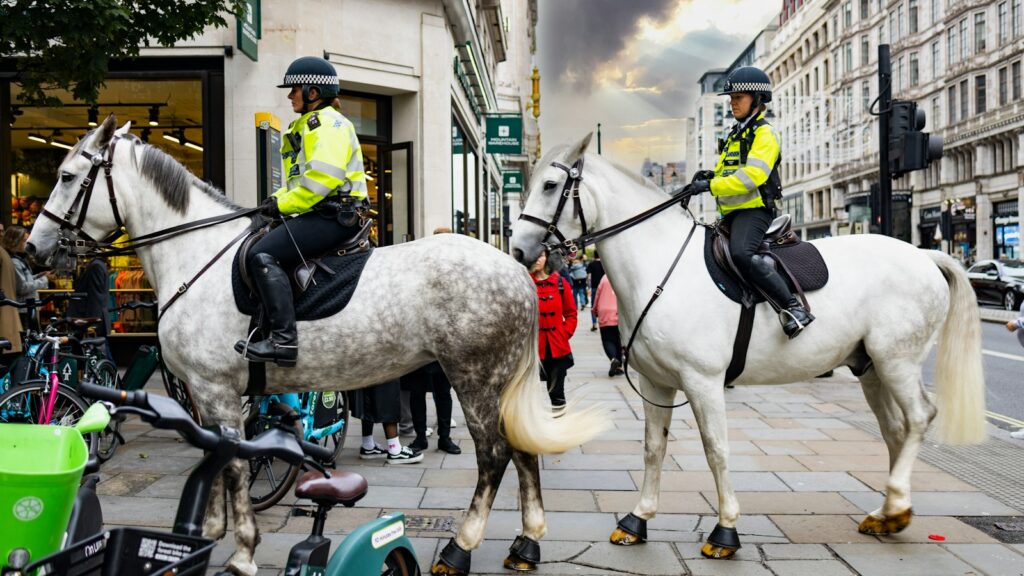Mounted shooting combines the thrill of horsemanship with the precision of firearms marksmanship, creating one of the fastest-growing equestrian sports in North America. This unique discipline requires a partnership between horse and rider that goes beyond basic riding skills, demanding mutual trust, desensitization to loud noises, and split-second coordination. Whether you’re an experienced equestrian looking for a new challenge or a shooting enthusiast interested in adding horsemanship to your repertoire, training a horse for mounted shooting can be an exciting and rewarding journey. This comprehensive guide will walk you through the process of preparing both yourself and your equine partner for success in this dynamic sport.
Understanding Mounted Shooting Basics
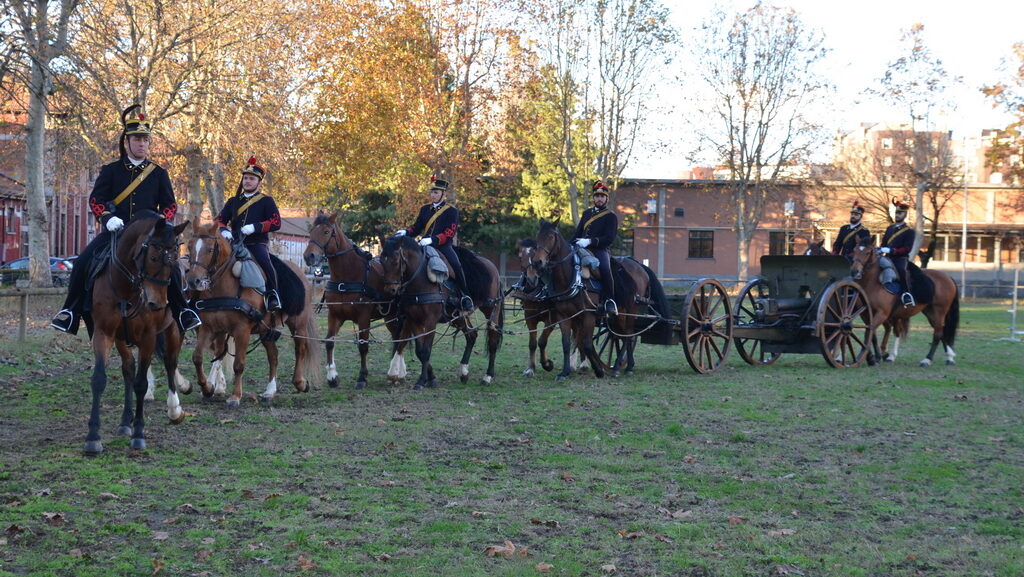
Mounted shooting competitions typically involve riders navigating courses while shooting balloon targets with blank ammunition from single-action revolvers. Competitors are timed as they follow predetermined patterns, with penalties assessed for missed targets or course errors. The sport is governed by organizations such as the Cowboy Mounted Shooting Association (CMSA) and the Mounted Shooters of America (MSA), each with specific rules and divisions based on rider experience and skill. Most competitions embrace the heritage of the American West, with participants often wearing period-appropriate attire from the late 1800s. Understanding these fundamentals before beginning training will help you establish clear goals and develop an appropriate training schedule for your horse.
Selecting the Right Horse
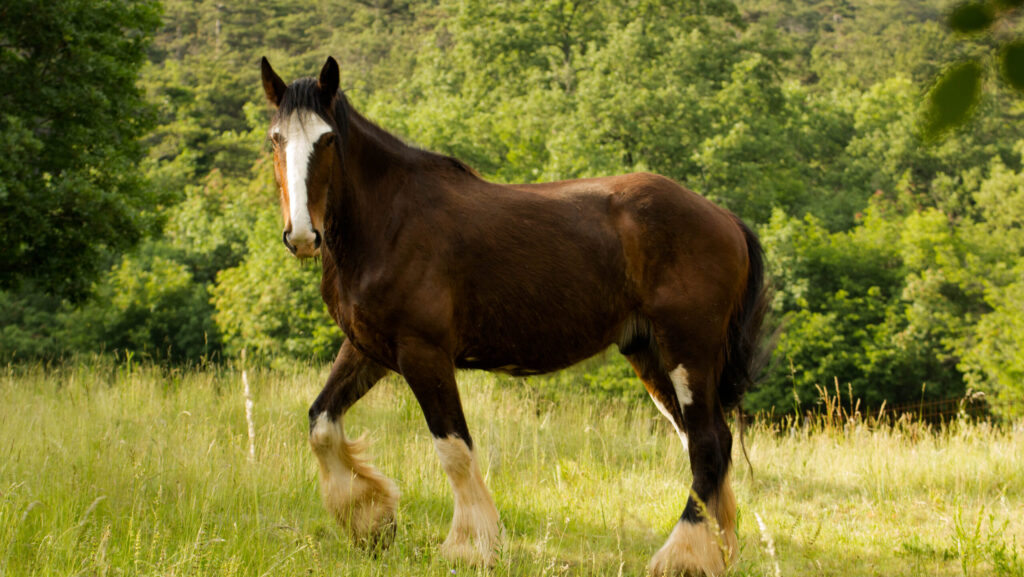
While virtually any breed can participate in mounted shooting, certain characteristics make some horses more naturally suited to the sport. Quarter Horses, Paints, and Appaloosas are popular choices due to their agility, speed, and typically steady temperaments. The ideal mounted shooting horse possesses a calm disposition, athletic ability, and intelligence to learn the patterns and remain composed during the noise and excitement of competition. Age is also a consideration; horses younger than five may lack the maturity and training foundation necessary for the rigors of the sport. Most importantly, choose a horse that you feel confident riding at speed, as a solid partnership is essential when adding the complexity of shooting into the equation.
Establishing a Solid Foundation Training
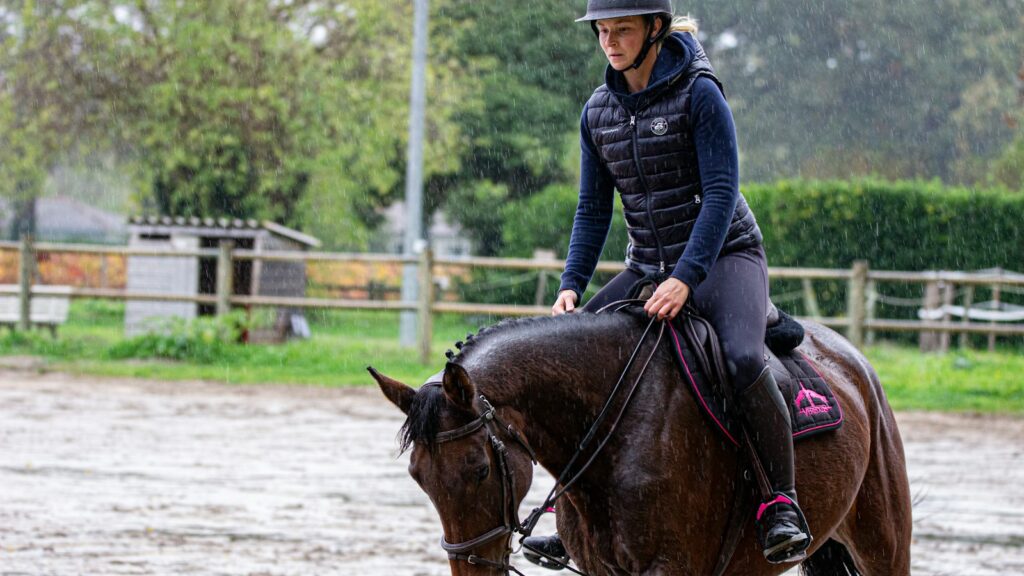
Before introducing any shooting elements, ensure your horse has a solid foundation in basic horsemanship. Your mount should respond consistently to leg, seat, and rein cues, and be comfortable with collection, extension, and lateral movements. Flying lead changes are particularly valuable in mounted shooting as they allow for smooth transitions when navigating tight turns in competition patterns. The horse should also be comfortable being ridden one-handed, as the other hand will hold the firearm during competition. Spend ample time refining stop, start, and turn commands until they become second nature for both you and your horse. This foundation training may take months or even years depending on your horse’s previous experience, but rushing this critical phase often leads to problems later in the training process.
Desensitization to Visual Stimuli
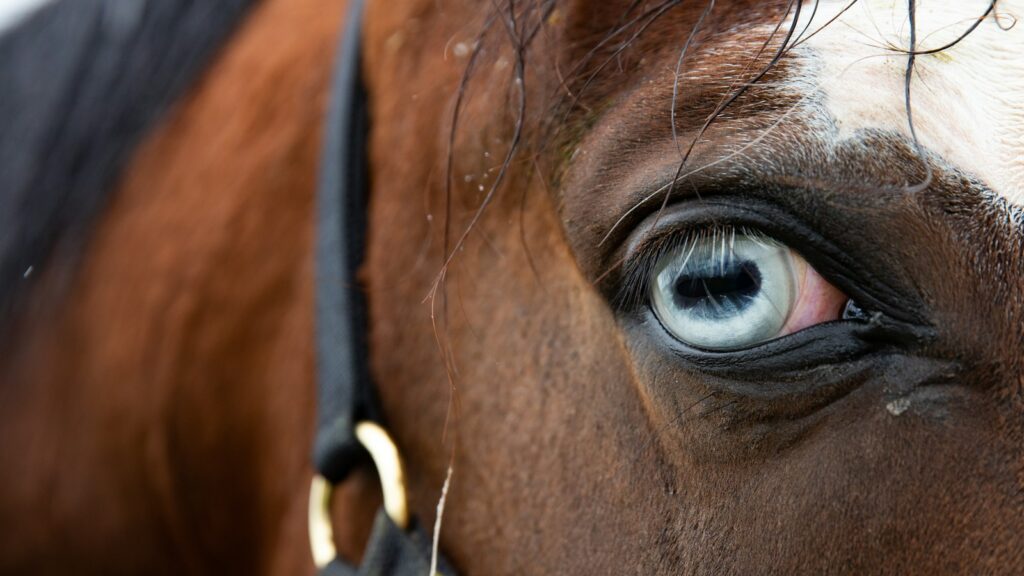
Mounted shooting involves numerous visual elements that can startle an unprepared horse, including balloons, flags, and crowds. Begin desensitization by introducing your horse to balloons in a controlled environment, first on the ground and then while mounted. Start with deflated balloons, allowing your horse to sniff and investigate them before gradually introducing inflated ones. Similarly, expose your horse to the brightly colored flags and markers used to designate courses. Practice riding past, between, and around these objects while maintaining a relaxed demeanor. Remember that your own confidence is crucial; horses often mirror their rider’s emotions, so approaching these new elements with calm assurance will help your horse develop the same attitude. Consistent, positive exposure sessions over time will help your horse become accustomed to the visual aspects of the sport.
Sound Desensitization Protocol
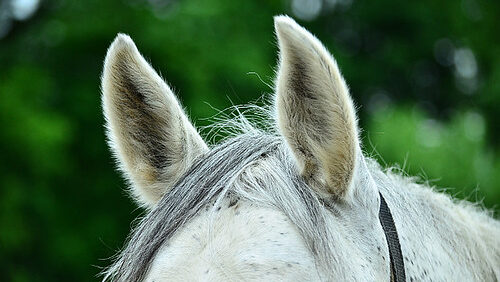
The sound of gunfire represents perhaps the most challenging aspect of mounted shooting training. Develop a methodical desensitization protocol that gradually introduces your horse to progressively louder noises. Begin with subtle sounds like clapping hands or rattling plastic bottles at a distance while your horse is engaged in a pleasant activity like eating. Gradually increase the volume and proximity of these sounds as your horse demonstrates comfort. Progress to starter pistols or cap guns, always beginning from a distance and rewarding calm responses. Work with an experienced trainer who understands proper sound desensitization techniques to ensure safety and effectiveness. Many successful mounted shooting trainers recommend having someone fire shots while your horse is being worked in a round pen by another handler, allowing the horse to associate the sound with normal work rather than fear.
Introducing Firearms Safely
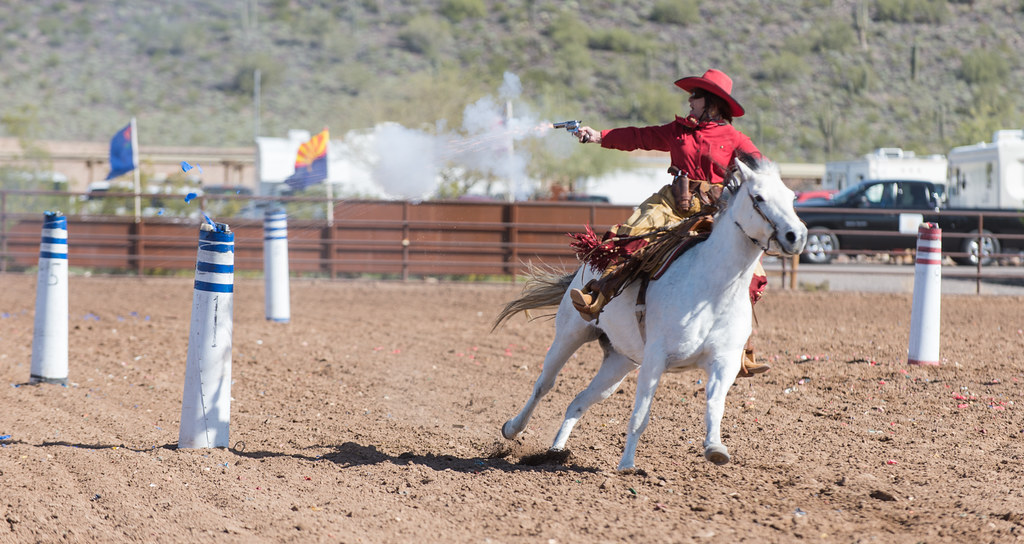
Safety must be the paramount concern when introducing firearms to your training regimen. Always begin with unloaded firearms, allowing your horse to become accustomed to seeing and smelling the gun before any shooting occurs. Practice your mounting, dismounting, and drawing technique without the horse initially, then gradually incorporate these movements while mounted. Start by simply carrying the unloaded gun while riding, then progress to drawing it from holsters and aiming at targets without firing. When your horse appears comfortable with these steps, move to using blanks or specialized mounted shooting ammunition, which contains no projectile but creates the necessary noise and flash. Never rush this process or take shortcuts with firearm safety protocols, as doing so could create dangerous situations for both you and your horse.
Building Speed and Agility
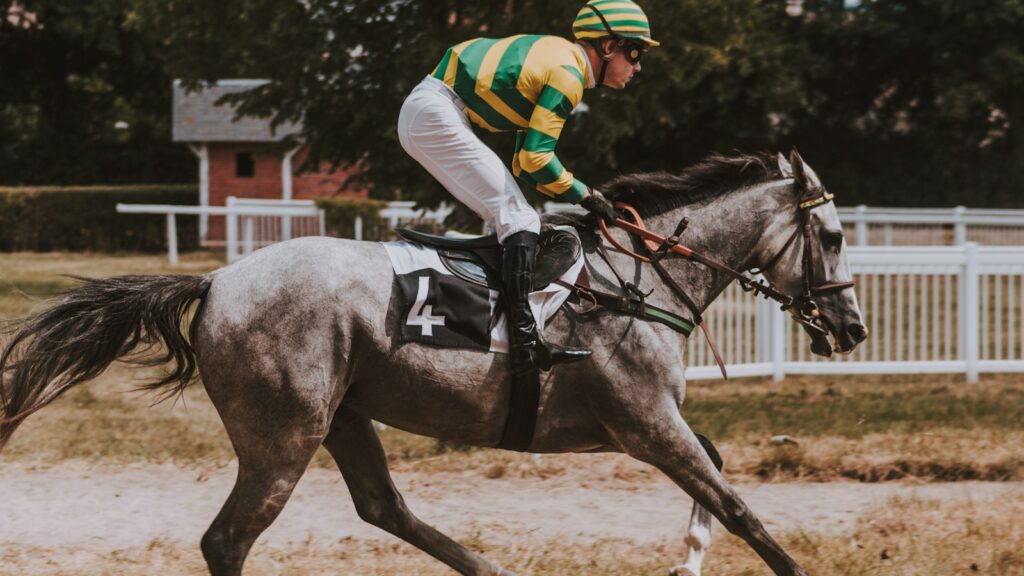
Mounted shooting requires horses to navigate courses at speed while maintaining precision and responsiveness. Develop your horse’s fitness and agility through exercises like pole bending, barrel patterns, and rollbacks, which mimic the movements needed in competition. Gradually increase speed only after your horse demonstrates competence at slower paces, as rushing can lead to confusion and safety issues. Incorporate varied terrain and footing conditions in your training to prepare for different competition venues. Many successful mounted shooting competitors cross-train their horses in disciplines like reining or barrel racing to develop the athletic skills necessary for the sport. Remember that building speed should be one of the final elements added to your training program, only after your horse is fully comfortable with all other aspects of mounted shooting.
Pattern Training Methodologies
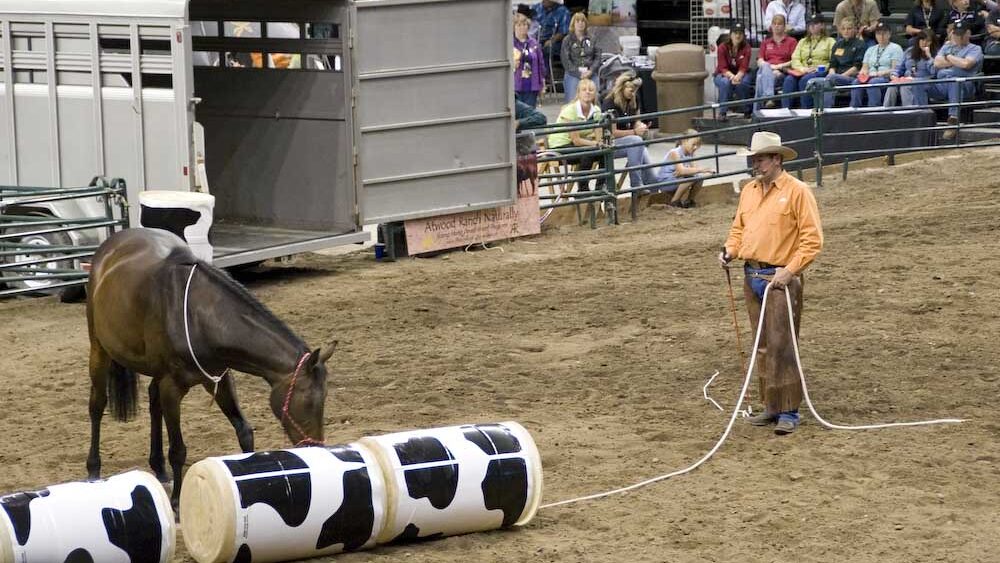
Mounted shooting competitions feature standardized course patterns that horses and riders must navigate. Familiarize yourself with common patterns published by shooting organizations, and practice them systematically during training sessions. Begin by walking the patterns without shooting, allowing your horse to become familiar with the flow and turns required. Gradually increase speed and add shooting elements as your horse’s confidence grows. Many trainers recommend breaking complex patterns into smaller segments, perfecting each section before combining them into the complete pattern. Using ground poles or cones to mark the course during practice can help both you and your horse visualize the pattern more clearly. Consistent pattern work helps develop your horse’s anticipation and automatic responses, creating a more seamless performance during competition.
Overcoming Common Training Challenges
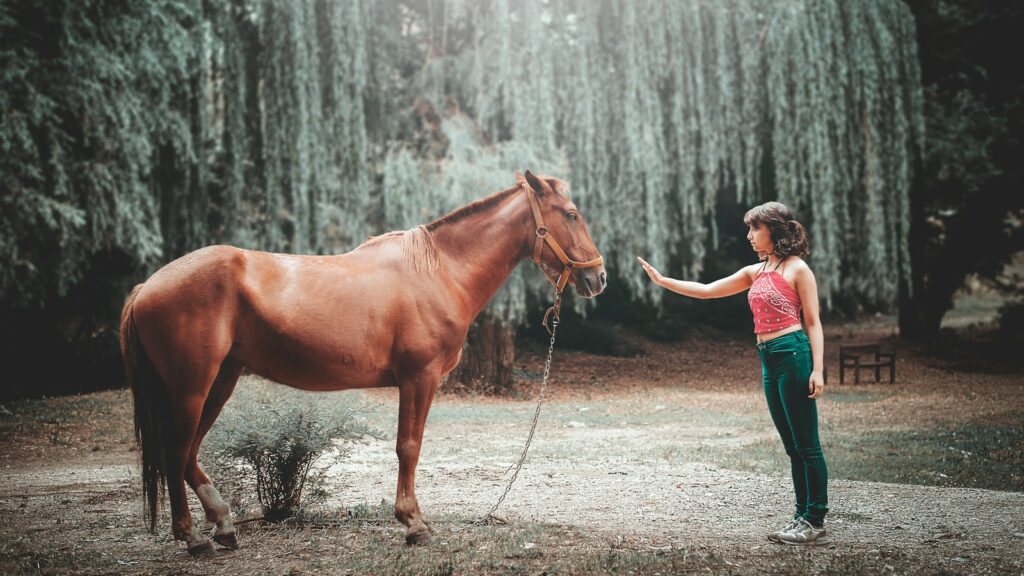
Even the most methodical training approach will encounter obstacles along the way. Horses commonly develop issues such as rushing after shooting (anticipating a sprint following the sound), balking before balloon targets, or becoming overly excited during runs. Address these challenges by returning to slower work and breaking down the elements that are causing trouble. If your horse rushes after shots, practice maintaining the same pace before, during, and after firing. For horses that balk at balloons, increase desensitization efforts and reward even small improvements. Consider working with an experienced mounted shooting trainer who can identify subtle issues before they become ingrained habits. Patience is essential; training setbacks are normal and should be viewed as opportunities to strengthen your horse’s understanding rather than failures.
Equipment Considerations
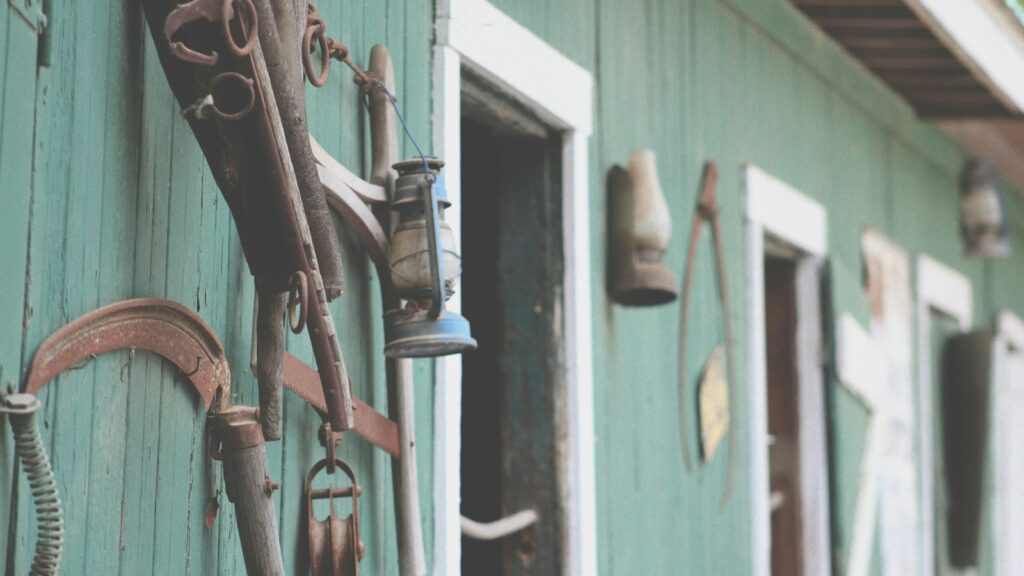
Selecting appropriate equipment can significantly impact your mounted shooting training success. Use a saddle that provides security and comfort for both horse and rider during high-speed maneuvers, with many competitors preferring western saddles with deep seats. Bit selection should balance control with comfort, allowing for one-handed riding while maintaining clear communication. For firearms, single-action revolvers are standard in the sport, with most organizations requiring .45 caliber revolvers using specialized blank ammunition. Protective equipment is crucial, including hearing protection for riders and sometimes for sensitive horses. Proper holsters that secure the firearms during riding but allow for quick, smooth draws are essential for both safety and competitive performance. Many experienced competitors recommend starting with minimal equipment and adding specialized gear as your involvement in the sport deepens.
Preparing for Your First Competition
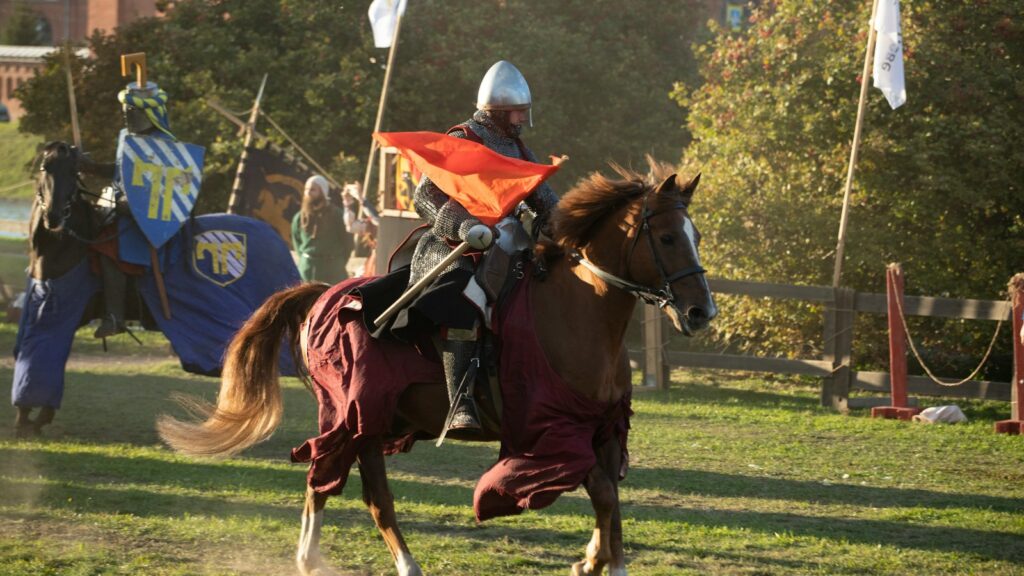
Before entering your first mounted shooting competition, ensure both you and your horse are thoroughly prepared for the experience. Visit competitions as a spectator to familiarize yourself with procedures, atmosphere, and expectations. Consider participating in clinics or practice shoots where the environment is more controlled and coaching is available. Many mounted shooting organizations offer novice divisions specifically designed for beginners, with simpler patterns and supportive atmospheres. Practice loading, unloading, and holstering your firearm until these actions become second nature, as fumbling with equipment can create unnecessary stress during competition. Develop a consistent pre-competition routine that helps settle both you and your horse, including adequate warm-up time and familiarization with the venue. Remember that your first competition should be viewed as an educational experience rather than focused on results.
Advancing Your Skills
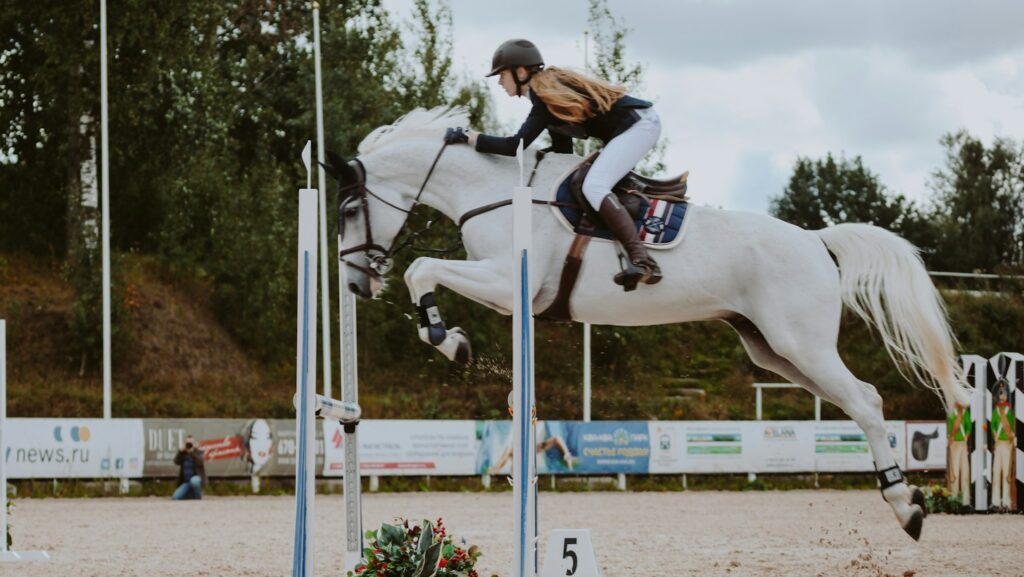
As you gain experience in mounted shooting, continually seek opportunities to refine your techniques and advance your capabilities. Participate in clinics with accomplished competitors who can offer insights on improving both horsemanship and shooting accuracy. Video your runs to analyze areas for improvement, paying particular attention to smoothness of transitions and efficiency of movement through the course. Consider cross-training in complementary disciplines that enhance specific skills needed for mounted shooting, such as reining for precise stopping and turning or barrel racing for speed and agility. Set progressive goals that challenge both you and your horse without creating frustration, celebrating improvements rather than focusing solely on competitive placings. The most successful mounted shooting competitors maintain a student mindset, consistently seeking refinement regardless of their experience level.
Maintaining Your Shooting Horse
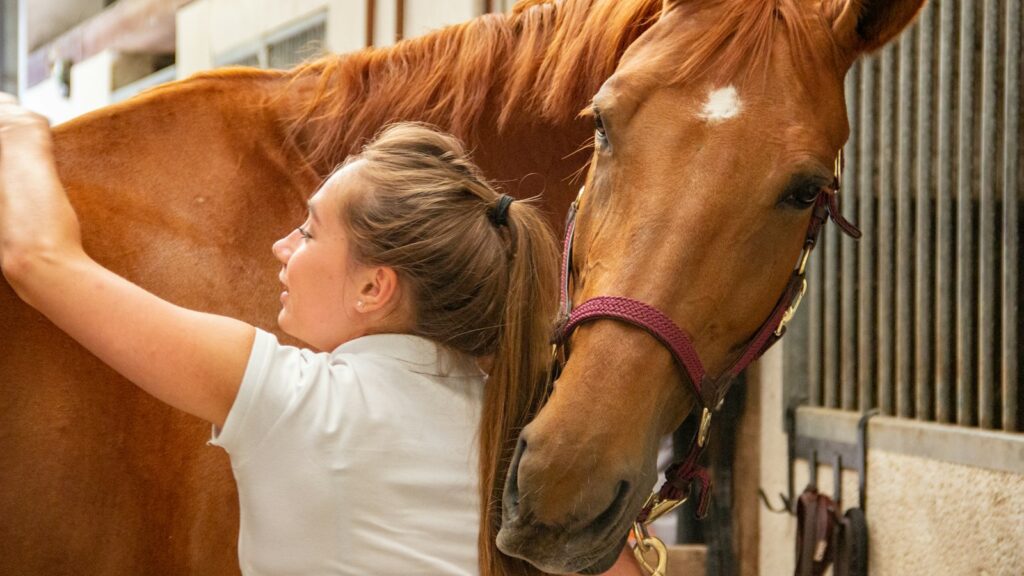
The physical and mental demands of mounted shooting require thoughtful maintenance of your equine partner. Develop a conditioning program that builds and maintains the specific fitness needed for the sport, including cardiovascular endurance, quick acceleration, and agile turning. Pay particular attention to hoof care and soundness, as the sport’s demands can stress legs and feet, especially on hard or uneven surfaces. Schedule regular veterinary evaluations to address any emerging physical issues before they become serious problems. Equally important is maintaining your horse’s mental freshness; vary your training routines to prevent boredom, and include plenty of relaxing trail rides or other enjoyable activities between intensive training sessions. Remember that horses, like human athletes, benefit from appropriate rest periods to recover and process their training, so schedule your program with adequate downtime.
Take away
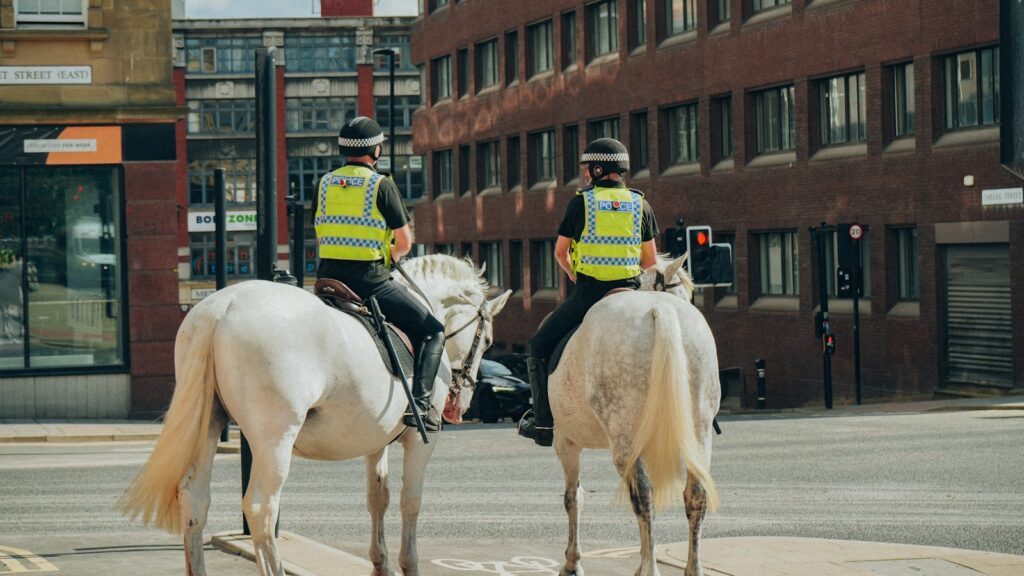
Training a horse for mounted shooting represents a significant commitment of time, patience, and resources, but the rewards are equally substantial. The unique partnership formed between horse and rider in this dynamic sport creates bonds and memories that last a lifetime. Whether you pursue mounted shooting for competitive aspirations or simply for the joy of developing new skills with your equine partner, the journey itself offers tremendous satisfaction. By following a methodical, safety-focused training approach that respects your horse’s learning process, you can develop a confident, capable mounted shooting horse that performs with precision and enthusiasm. As with any equestrian discipline, success comes not from rushing the process but from enjoying each step of the training journey.

